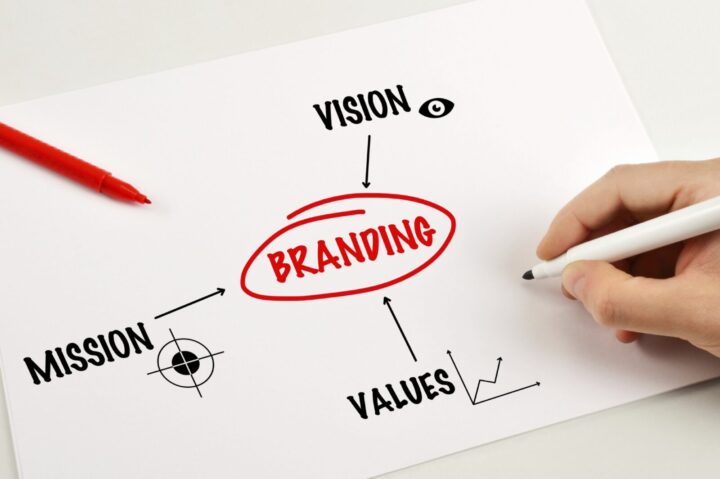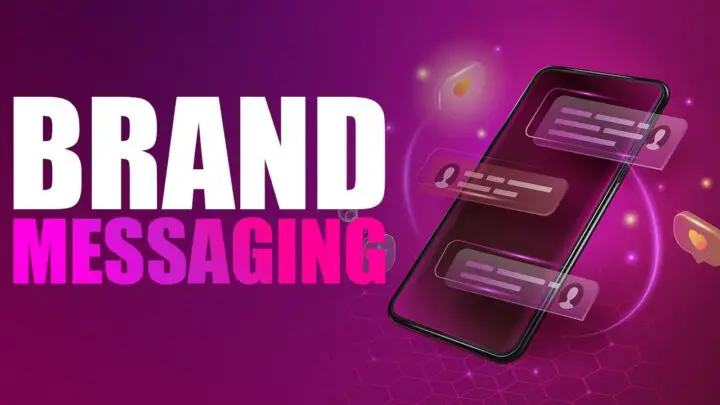How to Create a Brand Message that Resonates

A catchy tagline and a fun color scheme can be great branding, but only if they’re used appropriately. Companies can find themselves on precarious ground until they establish a strong sense of loyalty in their customers, which can take time. And even then, most clients will have no issue dropping a brand if they make a mistake. With so many other options on the market, there’s no reason to forgive or forget. Therefore, it’s vital that company’s tread carefully and make sure the messaging they put out aligns with their brand and will be appreciated by customers. Even an unintentional or seemingly innocent mistake can lead to billions lost in sales or, in some rare cases, utter ruin.
Despite a company’s efforts, some branding just doesn’t hit the mark. This may be because it forces itself into a space where it shouldn’t exist, such as AT&T using a 9/11 tribute to promote cell phones, or because of unforeseen circumstances like those surrounding Subway’s Jared’s pants dance ad. Although these are extreme examples, many more subtle mistakes can be made where messaging is ineffective or appeals to the wrong audience. Anything from bad placement to unclear context can lead to losses.
Are you Asking the Right Questions?

Issues often arise when the right people haven’t run branding. Stakeholders, creators, and other people within the company all have their own biases. The best source for knowing what customers will like is the customers themselves. That’s why test groups are such a great way for seeing how your brand message will do in the market. Just make sure it reflects your current audience and is diverse enough to provide an array of opinions.
Of course, branding must appeal to everyone, from the customer to the board to the stakeholders and everyone in between. To please all parties, four simple questions can be asked to ensure a brand message is on target:
Is Your Message Believable?
Brand messaging must make sense based on prior beliefs, whether those beliefs come from customers, society as a whole, or preconceptions of the brand. Outlandish claims should be backed by science and evidence whenever possible, or they will be disregarded entirely. In some cases, the company may even be accused of lying.
Even when claims are valid, they can sometimes be rejected by the general public. For example, most people have come to believe that coffee is dehydrating. Even if you ran an ad for your coffee company with data and scientific evidence that your beans were hydrating, no one would believe it. The idea is too ingrained to be changed so quickly.
Is Your Message Compelling?

Being the best, biggest, or most of something is sure to set you apart from others, which is why these kinds of claims are often included in brand messaging. Awards, innovative technology, patents, attractive traits, or anything that creates distinction from others should be a top priority for advertising as it will immediately show why your brand is different.
Being the second-best, second most significant, or runner-up, in comparison, isn’t very compelling for consumers as it immediately shows that there’s someone else out there doing it just a little bit better. Which begs the question: Why not buy from them instead of you? Brand messaging must focus on the uniqueness or superiority of the company or its products and services to garner interest.
Is Your Message Appropriate?
It can be tempting for a brand to hop on trends that work well for others. But, in reality, these fads are rarely universal and could even end up working against them. If messaging doesn’t match the target audience or company, it simply won’t be effective.
For example, a company that has been outspoken about its sustainability measures from its conception would likely do well in marketing a campaign about forest restoration awareness, such as selling a limited edition product. However, if a fossil fuel company came out with a similar campaign, it wouldn’t go over very well. People would have a hard time believing they were genuine. Not to mention that the customer base interested in fossil fuels wouldn’t be as interested in sustainability.
Instead of looking only for popularity, pay attention to what works within your industry or for other companies that are similar to you. But only use this as a baseline. While comparisons can provide a good foundation, your specific situation and customer base should be considered. Even two nearly identical companies might have different client bases or needs, so you should always define your goals based on your data rather than relying on the decisions of others.
Is Your Message Aligned with the Brand?

Sometimes a brand message seems inappropriate because it doesn’t fit in with the rest of the marketing materials. Branding should first and foremost be cohesive, creating an overall theme that unites all parts of the company into one entity. If all branding for a company says one thing and the messaging says another, customers will be confused about the intent of the business. This might be something obvious, like a brand putting out marketing materials that go against previous messaging, or it may be something more subtle. Switching phrases or words around can have a more significant effect than some might think when aligning messaging. It can also clarify the intent or simplify things to make them more impactful or relevant.
For example, when UPS came up against FedEx and was looking for a way to stand out, they changed their slogan from “Moving at the speed of business” to “What can brown do for you,” rebranding themselves to be seen as more person-oriented and helpful. The new slogan was catchier, tied in with their other branding elements (their iconic brown color), and, most importantly, helped keep them competitive.
Conclusion: Call in a Professional
Brand messaging will always be crucial for any brand strategy. But, it’s also straightforward to mess up. To avoid major mistakes, it’s best to hire a professional or reputable branding company that will understand your business and help you to devise a strong message that will resonate with your target audience. Luckily, today’s market is full of great agencies that take a creative approach and deliver outstanding solutions. Click here to see examples of such agencies. It’s not enough to design a cute logo—branding design has to do with so much more, and a good brand design company should be able to take care of every single aspect of your company’s branding, including messaging.
When looking for a branding agency, create a checklist of things that they should do. Remember that your choice will define the future of your company’s branding, so it should be based on relevant data and real solutions offered by your prospective brand design contractor.
